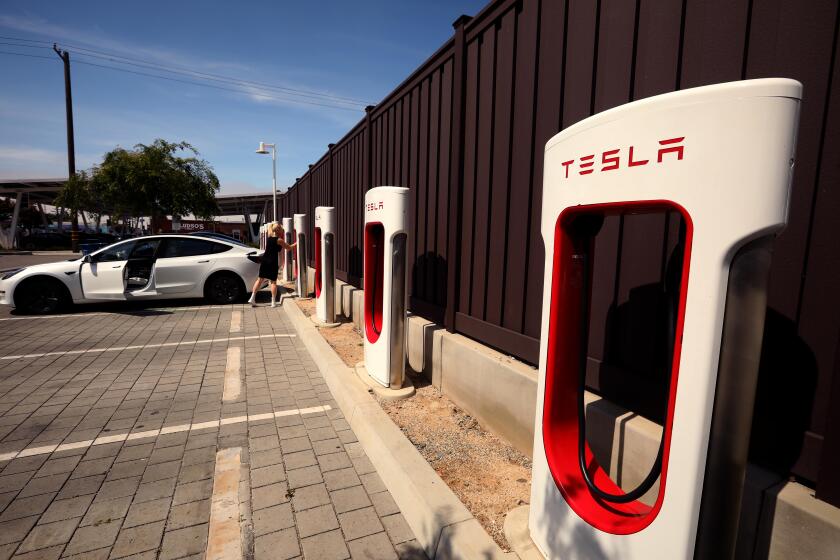Driven by Science
My first car was a 1947 Triumph 1800 roadster, and memories remain indelible and succulent.
Its pontoon fenders were bosoms, with bowl headlights the size of searchlights the jewels in the decolletage. Dickensian gray was its mood, hormonal arousal its function, and Angela Mole, rather than play second love, was wise to dump me.
There was a grease gun in its hessian tool roll. In addition a pair of outside horns that could be heard above Big Ben at noon, and a body by Arthur Ballard, who apparently decided his design legacy would be the last dickey/rumble seat ever installed on a production automobile.
Sadly, at full wheeze, Tommy Triumph delivered only 65 horsepower, and a top speed of 79 mph was barely enough to encourage engine wear.
Then I married a Jaguar Mk VII saloon, the most elegant accommodations any side of the Savoy. Morocco leather. French-polished walnut. It also puked oil from every seal, lost third gear in its first year, and when the brake servo went out while driving down Whitehall in London, I rear-ended a Rolls-Royce carrying Field Marshal Bernard Montgomery.
Again in England, a 1949 MG-TC. A classic stuffed with heritage. Also a canvas top that rotted out days before its wooden floorboards showed termite droppings. And, so help me, it reached 60 mph from rest in 28.5 seconds.
In Canada, a 1962 Austin-Healey 3000. Without weekly tuning--using a screwdriver to ping each spoke--its wire wheels would collapse within a year.
In California, a 1973 MGB roadster. Still the magic of that name and a testimony to the resilience of the human condition. For there have been mental health studies of those who spent good money on MGs twice in one lifetime. I should have been committed for wasting anything but someone else’s lunch money on a roadster with a heater that oozed green embalming fluid, not to mention an aftermarket hard top that eventually blew off on the Hollywood Freeway at Sunset.
But you’re getting the drift. Most of those good old days really weren’t. Looking back, we tend to reflux only the romance and adventure of younger, callower days. Decades later, didn’t we all have a great time in the military?
We certainly are not inclined to reflect on the beloved machines of our yesterdays with any sense of appreciation for today’s stunning technologies. As a matter of fact, from some macho sense that could be a throwback to the medieval jollies of serge underwear and two spoonfuls of cascara, we tend to see automotive advances as affronts to the purity of our knowledge, sophistication and manual skills.
“Slush buckets” was actually a pejorative for cars that came with, horror of horrors, automatic transmission. (You really relish a Mustang GT with a manual transmission on the Santa Ana Freeway at crush hour?) Witness the contemporary lobby that says, heh, heh, accomplished drivers can stop shorter in a car without an anti-lock brake system than they can with ABS. (Sure, if you are a member of the Porsche factory team and late-braked everyone to win Le Mans last year.)
And how quickly we forget the automotive life before technology extended our warranties and lubed our jiffies:
* Patching inner tubes with rubber cement and French chalk, and pebbles rolling around hubcaps that clattered like a shipyard. Ne’er a month passed without us squatting roadside, cursing frozen lug nuts and jacking up a reluctant Buick with a bumper jack that usually bent the bumper.
* Weekends in the driveway with feeler gauges and emery boards, cleaning and re-gapping plugs, setting points and rockers, changing the condenser, adjusting the idle and bleeding brakes into a jelly jar.
* Bias-ply tires that flat-spotted when the car sat for longer than 15 minutes on warm wheels, and they went bald at 15,000 miles. Engines that wore out main bearings at about the same frequency. Remember the dead language of motoring and quaint terms such as “undercoating,” “carburetor,” “rubbing block,” “vapor lock,” “zerk fitting” and “hydrometer check of electrolytes.” And “double clutching.”
And how little we appreciate what technology--most of it invisible--has brought to our over-coddled lives. Even preserved and extended ‘em:
* Today, we stand a much better chance of being struck by lightning than being flattened to death by an air bag. Mourn those few dozen who have been killed by them, but spare a thought for the many thousands whose noses, cheekbones and lives were saved by air bags.
* Anti-lock brakes have reduced the chances of being on the delivering end of a rear-ender, but the absolute miracle is their ability to maintain steering while braking to the max. On ice, gravel or wet. Try doing that in a 1957 Chevy.
* Fuel injection. Sealed batteries. Disc brakes. Run-flat tires. Sequential shifting. Aluminum chassis. Side-impact protection. Pre-tensioning seat belts and crumple zones.
None of those developments was on the immaculately and factory restored 1973 Datsun 240Z we drove recently.
This was a clumsy, twitchy, underpowered, sour-handling museum piece. Radio was AM only. No air conditioning. The wood steering wheel, skinny as a pinkie, had two inches of play both sides of any point. Just a four-speed manual, and a 0-to-60 time roughly three seconds slower than a clunky Ford Explorer built only 26 years later.
As poles of progress, the older sports car and newer sport-utility represent a growth to equal the evolution of radio, aviation, antibiotics and frozen pizza.
Talking of museum pieces, Don Williams, chief procurer and first salesman of the Blackhawk Collection, an auto auction house near Danville in Northern California, recently received a rare beauty.
It was a 1947 Triumph 1800 roadster.
Old juices stirred. Those fenders. That dickey seat.
I wonder if Angela Mole still looks as good.
*
Times automotive writer Paul Dean can be reached via e-mail at paul.dean@latimes.com.


